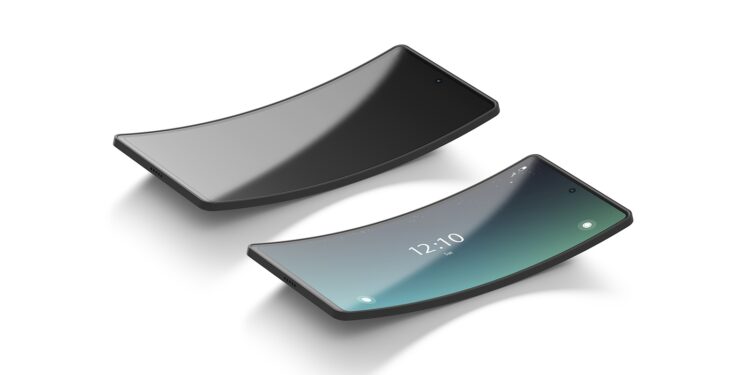Apple is apparently working hard on a foldable iPhone that overcomes one of the biggest challenges of this technology: the annoying crease in the display. While Samsung, Huawei and other manufacturers have not yet found a satisfactory solution, Apple is said to have finally eliminated this problem with a new material technology. The company is currently in the selection phase of its suppliers, which indicates that the development of the device is well advanced. Mass production could start as planned, with a market launch being discussed for the end of 2026. The exclusive supplier for the OLED display is said to be Samsung Display, while the durable ultra-thin glass could come from Corning.
Although foldable smartphones have been on the market for several years, they have not yet been able to compete with conventional devices. One of the main reasons for this is the visible crease in the display, which can be seen in all previous models from Samsung, Huawei and other manufacturers. Apple has apparently addressed this problem with a new material technology and developed a solution that enables an almost invisible crease. At the same time, the company is pushing ahead with the selection of its suppliers. By April 2025, it should be clear which companies will supply the components for the foldable iPhone. According to reports from ETNews, mass production could then begin on time.
Apple wants to completely eliminate the display fold
An industry insider explained opposite ETNews reported that Apple wanted to avoid the display crease at all costs in order to differentiate itself from existing foldable smartphones. The exact technology behind it is not yet known, but it is suspected that a special material property has been developed that makes the crease invisible. Samsung Display is said to be supplying the foldable OLED panel exclusively for Apple. The company already has a lot of experience with this technology and has been producing foldable OLED displays for its own Galaxy Z series for years. Since Apple traditionally sets high quality standards, the new display is expected to be particularly robust and durable. Another crucial component is the hinge, which must ensure that the device folds and unfolds smoothly. The supplier Amphenol, which already produces hinges for the MacBook Pro, is considered the favorite for the development of this mechanism.
Design and display sizes: What is known so far
According to reports, the foldable iPhone will have an outer and an inner display.
- The external display is said to be 5.49 inches
- The inner main display is said to measure 7.74 inches when unfolded
The external display is said to be shorter and wider than the Oppo Find N5, which was recently introduced. In terms of handling, the device could be similar to the Samsung Galaxy Z Fold, which also offers a large foldable internal display. Ultra-thin glass (UTG) from Corning, which is also used in other foldable smartphones, will probably be used to cover the display. This choice of material suggests that Apple places particular emphasis on durability and a folding mechanism that is as flat as possible.
timeline for market launch
According to several sources, the foldable iPhone could hit the market in fall 2026.
- ETNews reports that Apple could release the device in the second half of 2026
- Bloomberg reporter Mark Gurman assumes that Apple wants to complete development by 2026
- Analysts Ming-Chi Kuo and Jeff Pu as well as publications such as The Wall Street Journal expect a market launch in late 2026 or early 2027
If this timeline turns out to be true, Apple would take significantly more time than its competitors. While Samsung and Huawei have already brought several generations of foldable devices to market, Apple seems to be only getting involved when the technology is truly mature.
2026: The foldable iPhone as a game changer?
Apple is clearly pursuing a clear strategy with its foldable iPhone: to target the competition's key weaknesses and consistently eliminate them. If the company succeeds in making the display fold invisible, the device could set new standards in the foldable smartphone market. However, many questions remain unanswered, such as how the display works, battery life and software optimization. If Apple delivers its usual quality, the foldable iPhone could be a real alternative for users who have not yet been able to get used to the current generation of foldable smartphones. The coming months will show whether Apple has really achieved a breakthrough or whether it is just another evolution of existing technology. (Photo by alexandrbognat / Bigstockphoto)
- Apple AirTag 2: When will the new model be released?
- iPhone 18 Fold: Rumors, facts and first details
- iPhone Fold – New information on release and screen size
- iPhone 17: New CAD drawings show design changes





